Project Guide: Painting Wooden Furniture

by
Hometalk Guides
(IC: blogger)
While many collectors, bloggers, and homeowners prefer the look of natural wood furniture, painted furniture is a decor feature that is becoming increasingly popular in the DIY community. There are many different techniques and methods to paint wooden furniture, but before you break out your brushes, here are some important tips to keep in mind.
1. Buy the right medium for your project
2. Prepare Your Work Space
- Clear space to work indoors or outside
- Lay down drop cloth or cardboard
- Open windows and doors (if inside) to increase ventilation
3. Prepare Yourself for Working
- Dress in clothing you won't mind marking up with paint
- Tie back hair
- Put on a painters mask to protect yourself from fumes and sanding dust
4. Prepare Your Surface
- Remove hardware
- Remove shelves or drawers
- Sand the surfaces you plan to paint
- Clean the sanding dust and any other debris from the piece
- Fill any unwanted holes or cracks with wood filler
- Sand again
- Tape off any areas you don't want the paint to spread to accidentally
Basic Tools Include:
- Drop Clothes or Large Pieces of Cardboard
- Painter's Tape
- 3 Grades of Sandpaper (Coarse to Fine)
- Sanding Block or Orbital/Palm Sander
- Plastic Paint Trays
- Brushes or Rollers
- Small Brushes (for corners)
- Protective Mask (if sanding)
- Cloth or Vacuum (for clean-up if sanding)
- Primer
- Polyurethane or Polycrylic Protective Finish
- Wax (if using Chalk Paint)
- Wax Brush
- Paint Conditioner (if using Latex or Oil-Based paint)
- Wood Filler (if the piece is damaged or you're moving hardware)
- Putty Knife (if using wood filler or removing veneer)
1. Painting
- (If applying primer) apply a coat or two if the piece needs it, then let dry and sand lightly after to create a smooth surface for the paint
- Don't pour of pool the paint on the surface of your piece and then spread it with your brush
- Apply paint to your piece in thin coats with a foam roller or brush
- Edge in the corners and sides of any detailing with a smaller brush
- Apply paint in long, even strokes in a single direction
- Avoid going over the same spot after you've painted, because the brush may pick up the drying paint and ruin your smooth finish
- Sand each layer very lightly with fine grade paper before adding a new one
2. Finishing Your Piece
- Clean as much excess wax off your brush as possible before you start
- Apply in thin coats, making sure to spread it evenly throughout your piece
- For high-traffic areas, apply 2-3 coats of wax, waiting the proper drying time between each
- Apply in thin coats
- Don't retrace your brush strokes, or the surface will get tacky and lose its smooth finish
- Sand between coats after waiting the proper drying time
Even though your pieces are sealed, they're not impermeable, so make an effort not to damage them with water stains or other marks.
Projects to Look At
Enjoyed the project?

Want more details about this and other DIY projects? Check out my blog post!
Published August 24th, 2015 3:24 AM
Comments
Join the conversation
4 of 7 comments
-
I just used chalk paint to redo my rod iron dining table. I sealed it with a matte finishing spray. Do I need to do the soft wax coating as well?
 Jeannie
on Nov 11, 2016
Jeannie
on Nov 11, 2016
- See 1 previous
-
No, you have already sealed your paint with the Matte sealer.
 Colleen M Crowley
on Nov 20, 2016
Colleen M Crowley
on Nov 20, 2016
-
it's wrought iron
 Gar27916841
on Nov 01, 2017
Gar27916841
on Nov 01, 2017
-
-








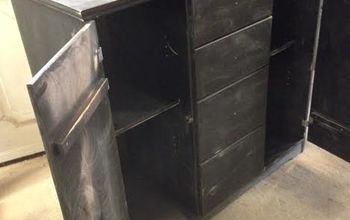




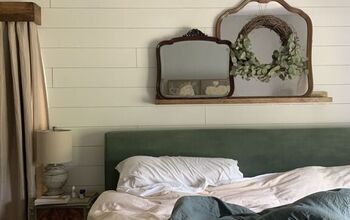
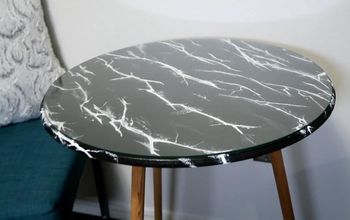
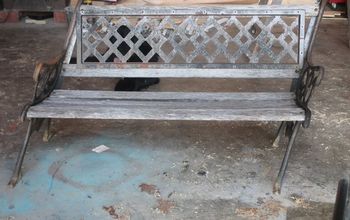
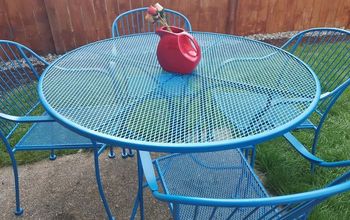





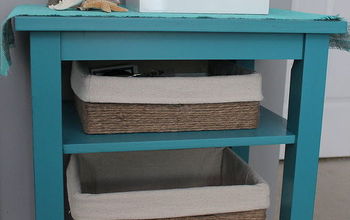

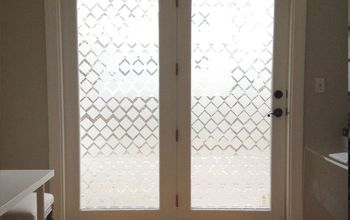

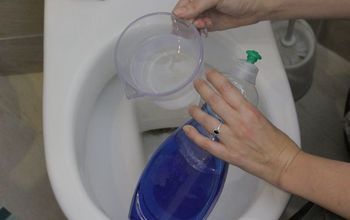



Frequently asked questions
Have a question about this project?
Need I sand a mid-century piece that has that blonde/green veneer over it? I believe the veneer may be plastic. Is it? Or is that wooden Veneer, if I paint,
need I sand or use "Gripper" primer from Home Depot?
Could u use spray paint for your wood chairs? And would have to do all the same prep work 1st?